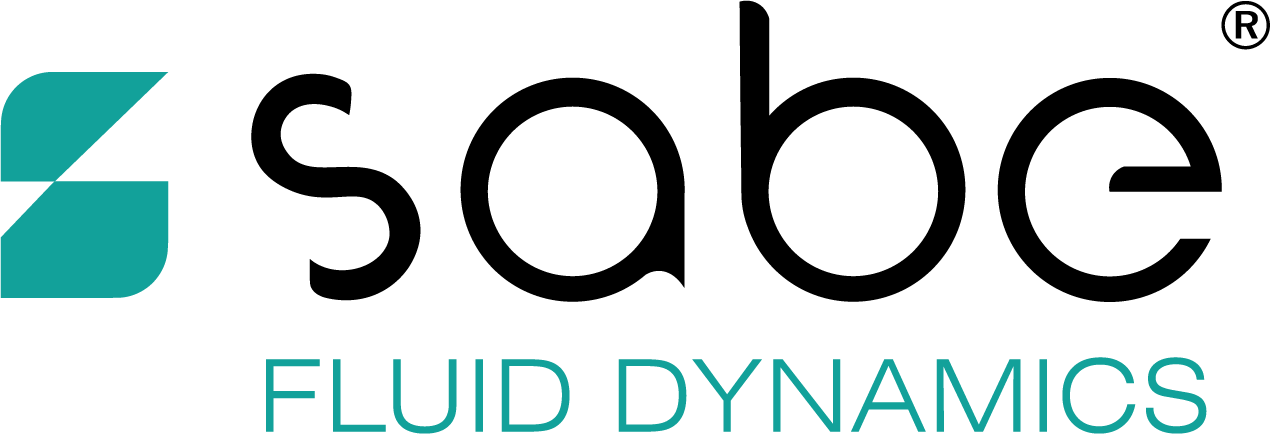In this article, we will temporarily shift our focus from motorsport to discuss the aerodynamic performance applied to aerospace propellers. We will utilize one of Sabe’s case studies, specifically the HaloDrive propeller, to effectively illustrate the discussion.
The HaloDrive is a rim-driven electric propeller for the eVTOL market, designed to generate high torque and power at low angular speeds, with a substantially higher efficiency level than traditional propellers.
Sabe was a partner in the project, from early concept design to the definition of performance metrics, development methodology, aerodynamic development execution, testing, and validation.
The objective of the proof-of-concept project was to produce a technology demonstrator alongside experimental data characterising its performance. The data would then be presented to investors to take the concept to the next level.
We focused the resources on a limited development scope, constraining the propeller’s dimensions to 1m external diameter and assuming hovering conditions only. We also agreed that efficiency, defined as the ratio of thrust to power, would be the target performance metric. A thrust level of 1000N @ 2000rpm was defined as a minimum operational requirement.
Before any development work was started, the team clearly understood what success meant. Achieving a minimum of 1000N @ 2000rpm, with a 1m external diameter propeller in hovering conditions, maximising efficiency to significantly outperform traditional propellers.
Our aerodynamic development started with parametric mapping of the effect of several parameters on the performance, which allowed us to take considerable early steps towards the 1000N target. Within our CFD methodology, we frequently re-mapped the propeller performance to determine the nominal thrust and the performance drop-off regions. Our goal was to reach the thrust target with sufficient margin to operate in a stable design region, thus increasing the correlation levels for the experimental tests.
We focused on improving efficiency once the development reached the target thrust with sufficient margin. We split the propeller development into different areas for sensitivity investigations and then concentrated our resources on the most interesting areas.
Within approximately four months of aero development, we achieved the minimum requirements and a substantial efficiency improvement compared to traditional designs, with a high degree of confidence due to frequent performance margin checks.
The process followed with mechanical design, manufacturing, and testing, returning excellent aero performance correlation to our CFD models, in a total time scale of 18 months only from project conception to delivery.
This case study illustrates how the early definition of aero performance metrics, constraints and the meaning of success directed us on a focused path to deliver the performance quickly and efficiently.
